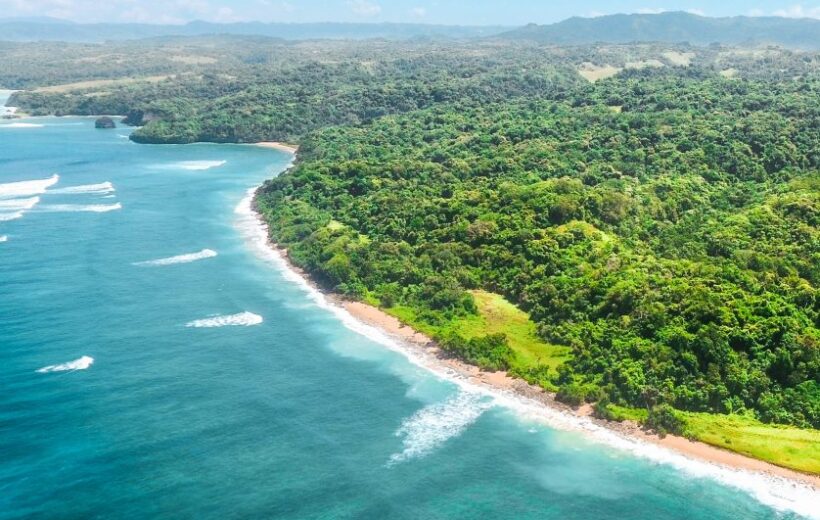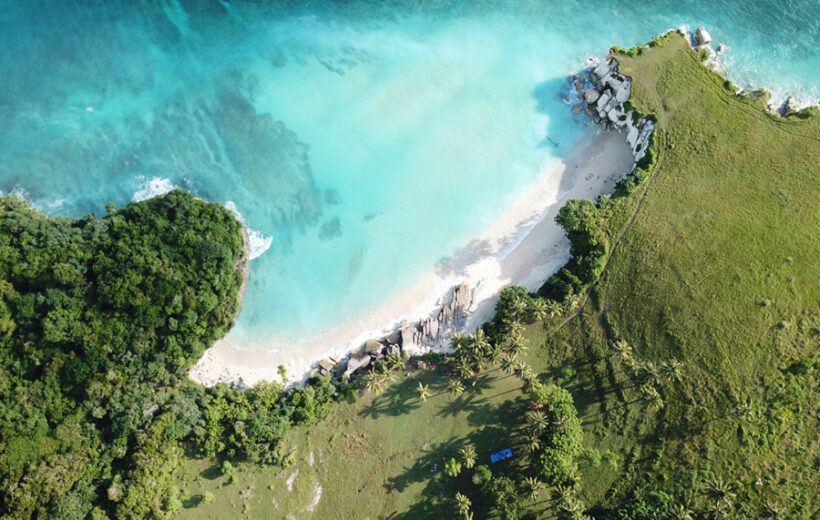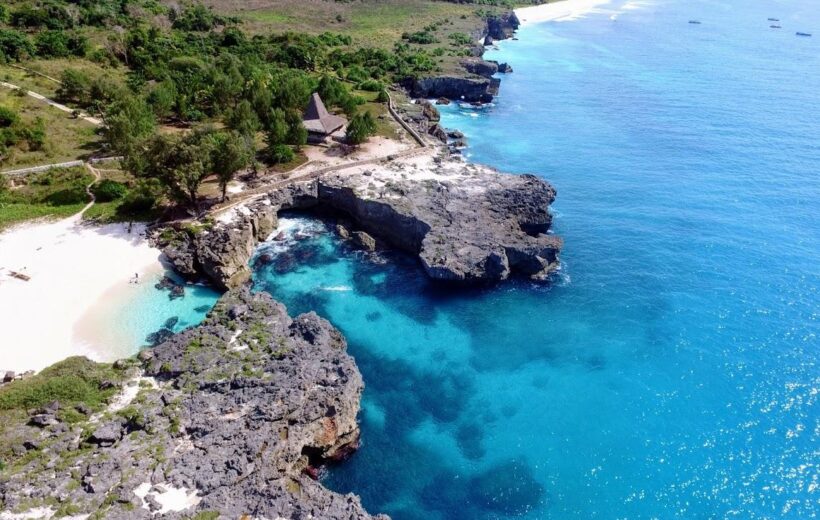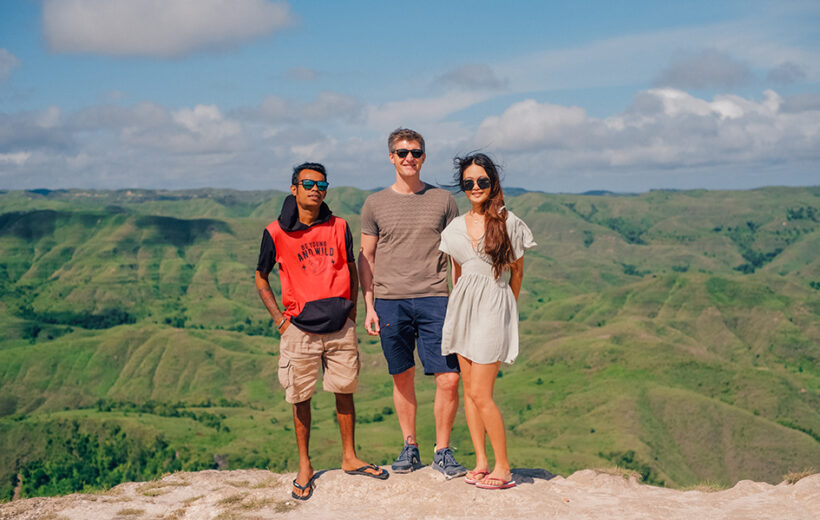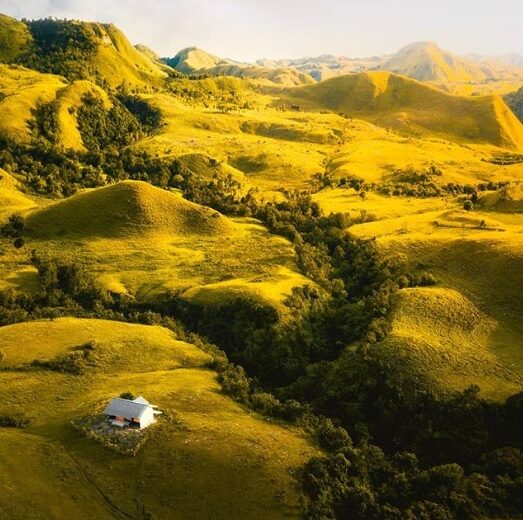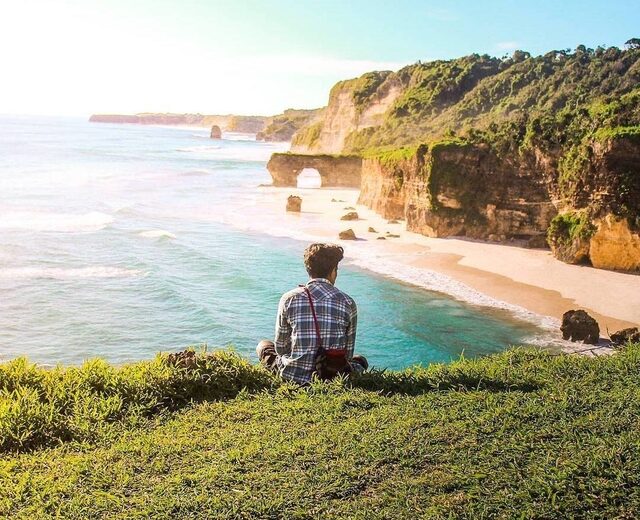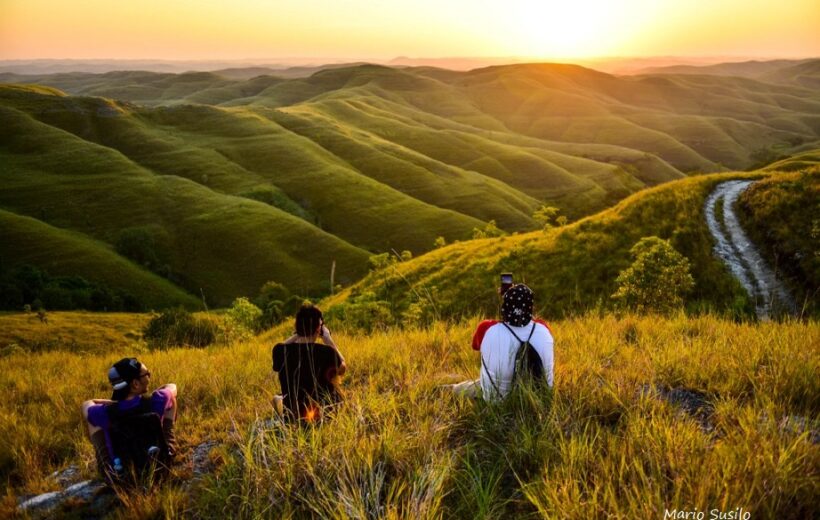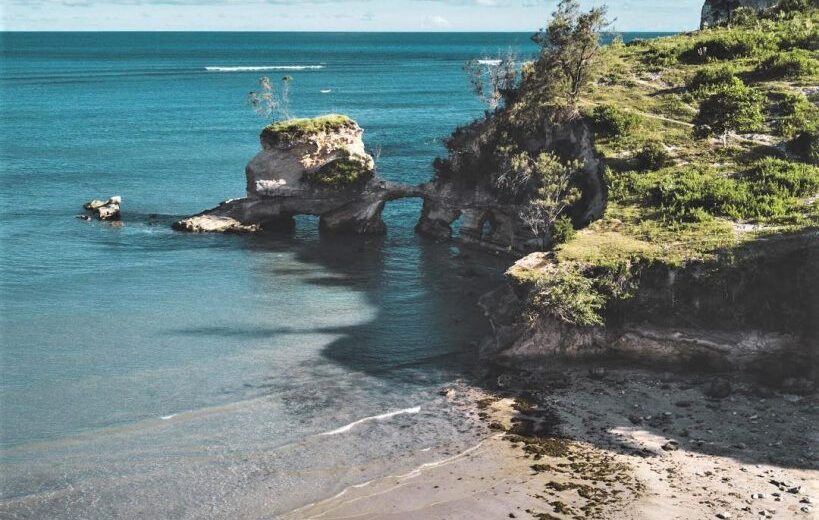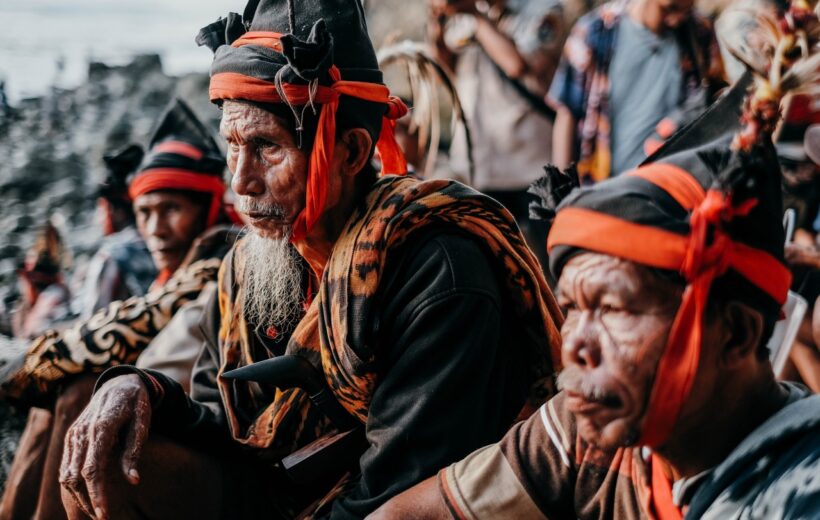Overview
SUMBA: the newly discovered Gem in East Nusa Tenggara
With its rugged undulating savannahs and low limestone hills knitted together with fields of maize and cassava instead of rice, the island of Sumba in East Nusa Tenggara Province offers its own distinct splendors in the eastern part of the Indonesian Archipelago. Sprinkled throughout its countryside are hilltop villages with thatched traditional clan houses clustered around unique megalithic tombs where villagers still pay homage to their ancestors in the ancient belief of Marapu and have retained most of the indigenous culture and traditions for generations. The island is also known for the precious art of Tenun Ikat handwoven fabric, and the origin of the strong and agile Sumba Ponies or Sandalwood Horses
Located between the islands of Komodo and Sumbawa, and directly facing the Indian Ocean the island is also a surfers’ paradise. The large rolling Sumba barrels usually appear between May through October when waves can be either very high and strong or very flat as breaks are directly exposed to wide open ocean swells. This kind of powerful surf, however, though very challenging, should only be ventured by professionals. Nonetheless, throughout the year, swells rise from 3 to 6 feet.
Waingapu on the northern eastern coast of Sumba is the largest town on the island and its seaport. Around two kilometers from Waingapu is the traditional village of Prailiu, and some 10 km. away is the village of Kwangu, while 6 km from the city is the village of Labanapu, all three are famous for their exquisite ikat weaving. Women of Sumba produce some exemplary hand woven cloth with motifs of stylized horses, animals and people, in dark blue, red and black, white and yellow natural dyes. Here visitors can watch the entire intricate and tedious process of ikat weaving. For a very special memento, do look for the unique cloths with sewn in seashells.

